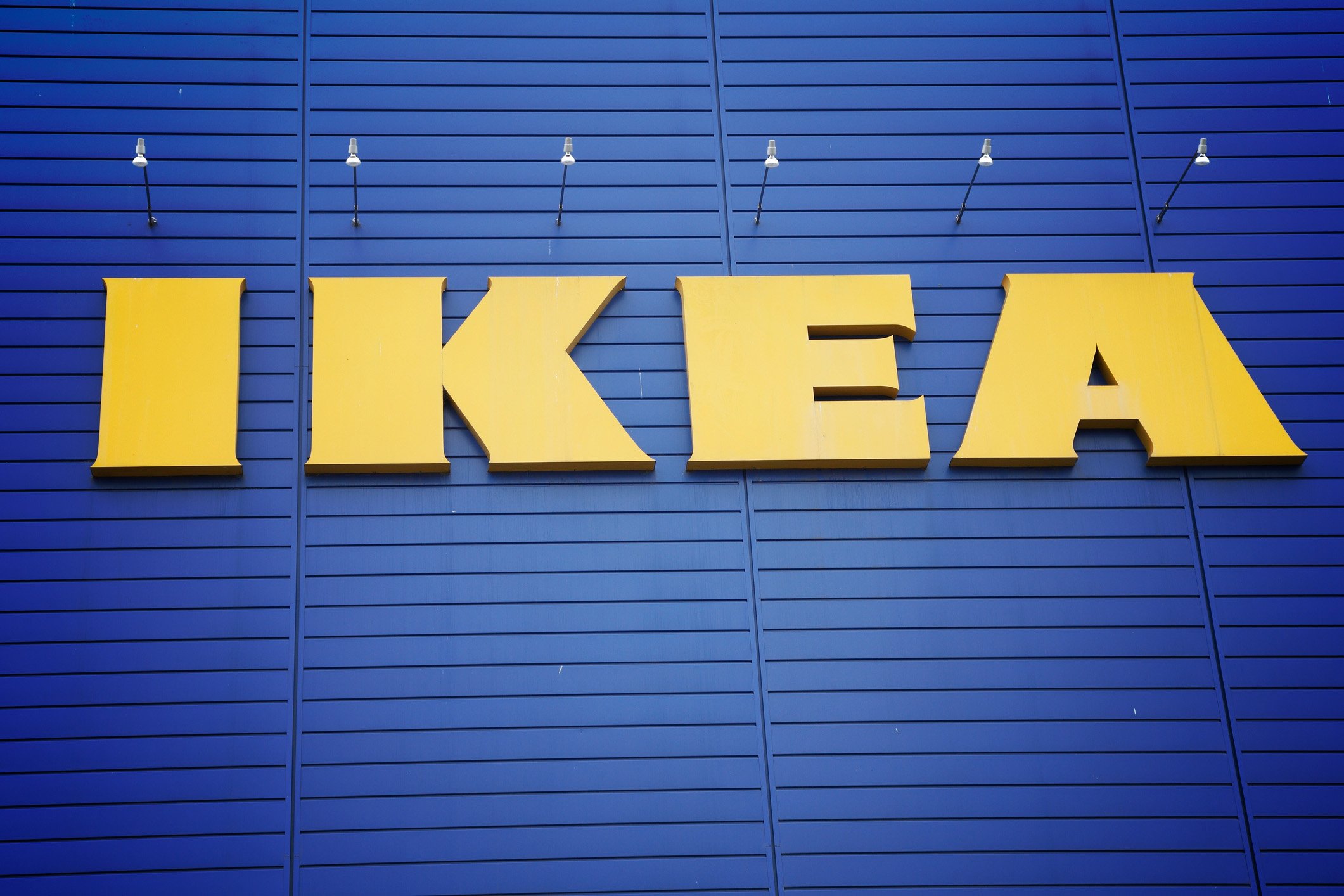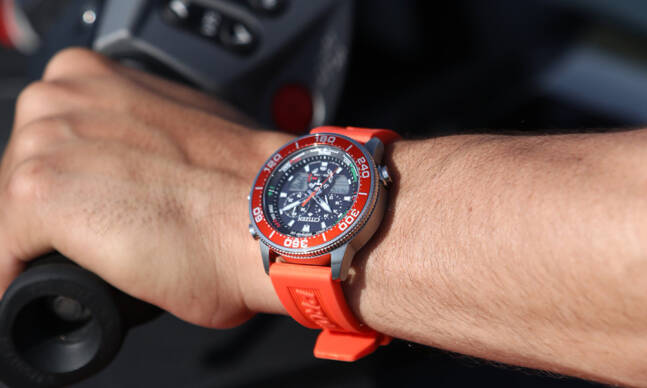Our research for our recent feature on the history of IKEA turned up quite a few interesting tangents. It’s the kind of meandering stuff that ultimately doesn’t make the final cut when you’re trying to put together a straightforward and readable historical account. But, that doesn’t mean it’s not worth talking about. IKEA’s long history means there are plenty of interesting tangents to explore. So, here are 9 things you never knew about IKEA.
IKEA is Working on Flatpacked Tiny Houses
Tracking down details on IKEA tiny homes is tough. Any info we can find follows the sort of conspiratorial digital trail that usually accompanies concept cars and cures for cancer, where there’s a bunch of announcement posts about it, but when it comes time to actually buy one, there’s no link to a store page. Yet people are out there, confirmed to be living in IKEA tiny homes.
The first bit of info we found comes from an article published all the way back in 2005 and details BoKlok sites in Sweden, Norway, and Denmark and the scouting process in England. A Dornob article talks about a house concept from Portland. A sustainable tiny home of theirs was toured around the country at the height of the pandemic and multiple sites talk about buying a tiny home through Escape which was a collaboration with IKEA. Virtually every article talks about their sustainability, attractive design, and ridiculously affordable price tag. So there are tons of IKEA tiny and modular homes out there, we just have no idea how to actually get one.
IKEA Will Rent You Furniture

We touched on this in our history feature, but we thought it was worth looking at a little deeper, especially because, in our minds, rental furniture has a bit of an ick-factor to it. It’ll be interesting to see if IKEA will be able to change that. Their move into the rental market was motivated by two major changes in their customers. The first was how frequently people move these days. IKEA is pretty much everywhere, so think how much easier it would be to be able to leave a place with only your essentials, move wherever it is you’re moving to, then have the same furniture there when you arrive. It’s pretty much how people move anyway. You get where you’re going, then head to IKEA to pick up whatever furniture you still need. The second change was the environmental aspect of renting. It’s much more sustainable to endlessly reuse furniture than to chuck stuff when it gets inconvenient. Renting also fits in with IKEA’s goal to make everything they offer able to be reused, repaired, or recycled. If all their furniture meets those three goals, then it would be almost no effort for them to turn their furniture into something like-new between rental customers.
IKEA is Protecting Thousands of Acres of Forest from Development
With the amount of wood IKEA uses, they’re not exactly who we’d think would be at the forefront of forest preservation. It makes more sense that they’d clear cut whatever land they’d gotten to turn it all into chairs or tables or whatever. But, it really seems like sustainability has sunk in at IKEA and they understand that preservation and cultivation will yield far more benefits for the company, and humanity as a whole, than constant production.
As of January 2021, IKEA owned roughly 616,000 acres of forest in places like the United States, Estonia, Latvia, and Romania. Most of the land is threatened forestland that would have been bought by developers and broken up into smaller plots. Here in the US, their holdings include forests in Texas, Alabama, and Georgia, and most have some kind of recreational aspect to them, meaning in somewhere like Georgia, you could actually visit an IKEA storefront and forest on the same day.
The preservation is a big part of their pledge to climate positivity. Forests are a massive carbon sink and preserving woodlands means IKEA’s making massive progress towards removing more greenhouse gasses than they produce.
IKEA’s Product Names are a Mnemonic Device
Honestly, until we found this article, we couldn’t tell if IKEA’s product names were supposed to be actual words, playfully jumbled Swedish spellings, or Swedish Chef-esque takedown of Scandinavian linguistics. Turns out, it’s mainly a mix of the first two, with a healthy dose of mnemonics on top. Most product names are pulled from Scandinavian proper nouns, with Swedish and Norwegian towns, villages, and localities donating the vast majority of the names. The rest are generally puns based on some characteristic of the product, like “Skarpt” (sharp) for knives and “Duktig” (clever) for children’s toys.
This naming convention was established by Ingvar Kamprad as a way to combat his dyslexia. By using proper nouns and the occasional pun, Kamprad found it much easier to remember the product names of his expanding catalog. There was obviously the bonus of it being a wildly successful marketing ploy, but we find it much more charming to know it was originally used as a simple tool for a guy to know what the hell he was even selling.
IKEA was the First to Feature an Openly Gay Couple in a Commercial

Looking at advertising and history, it can sometimes feel like everyone was gay in ancient Greece and Rome, then no one was until like 2008. Obviously, that’s not true and gay people have been all over the place the whole time, which is a fact IKEA was the first to acknowledge back in 1994, when they aired footage of two men buying a table together and didn’t cop out with any of that “roommates” junk that people used to use. It isn’t an amazingly early admission of the existence of gay people in public buying stuff, but it’s at least a decade and a half early than every other corporation jumped on the pride month bandwagon.
There’s a Survival Horror Game Based on IKEA Store Layouts
The jokes about relationships not surviving IKEA are well-worn territory. Less worn but just as valid is the paralyzing fear that the inside of an IKEA could be the last place you ever see. SCP-3008 is built on that premise. It’s a survival horror game based on brief number SCP-3008 and its attached journal, a post on the collaborative fiction project known as the SCP Foundation. The brief details an IKEA store site that translocates human visitors to a virtually identical store that’s staffed by humanoid entities that stalk and kill any visitors. The game runs with that premise and has the player do whatever they can in the store to avoid the staff’s attacks. It’s in active development right now by Thaumiel Games. A free demo is available to everyone and Patreon supporters have access to all major updates.
IKEA Sells Clothes in Japan

In Tokyo, so many people decided they wanted IKEA streetwear that apparently there’s a booming market for fake IKEA t-shirts. In 2020, IKEA decided to officially take on that underground market with their own clothing. IKEA Japan collaborated with IKEA Sweden to create the EFTERTRÄDA Collection, a brand aimed at Japanese families. There are the standard t-shirts and sweatshirts you’d expect from casual streetwear, plus water bottles, towels, bags, and keychains. The products were all first available from the concept store in Harajuku, one of the locations where they test out new products or store ideas. Apparently, the Japanese launch was a success, because IKEAs in Singapore and Malaysia both released the collection, followed closely by Indonesia in 2021. If the momentum keeps up, we wouldn’t be surprised to see the shirts in American stores within the next few years.
IKEA Got Wrapped Up in a Forced Labor Scandal
We really weren’t sure whether we should put the bad stuff at the beginning or the end, so we went with the end. Read into that whatever you want.
It seems like no matter how good your intentions are, if you’re a giant company like IKEA, you’re going to commit labor abuses. That’s not a justification by any means but an understanding of corporate realities. This particular example was uncovered in 2012 after IKEA commissioned Ernst & Young, a group of auditors, to investigate whether there was any truth to the accusations that the company had benefited from East German forced labor in the 1980s. The auditors found that IKEA’s measures to avoid forced labor weren’t strict enough and that at least some of its employees had known about the exploitation. Not that it absolves them of responsibility. It seems IKEA didn’t directly use prison labor but bought components from suppliers who did. IKEA’s involvement is a smaller part of the much larger and murkier investigation into just how deeply East German prisoners were abused, which itself is an issue constantly overshadowed by the atrocities of the Nazis. IKEA has also pledged money to fund research into the forced labor abuses and bring overdue restitution to victims.
Ingvar Kamprad was Hounded by His Ties to European Fascism

The unfortunate fact about the timing of Ingvar Kamprad’s birth was that he was prime recruitment age for European fascism back at the time when that was a particularly destructive force. When he was 17, Kamprad was involved in the Swedish fascist movement, was likely a member of the Swedish version of the Hitler Youth, and maintained a close friendship with Per Engdahl, a prominent Swedish Nazi. However, he’d abandoned his fascist pursuits by the time he was in his mid-20s and devoted much more of his energy to building up IKEA.
Kamprad was about as open about that time of his life as could be reasonably expected. He admitted he was involved in the movement and apologized multiple times, offering up his youthful stupidity as an explanation and calling his involvement his greatest mistake. Still, people’s doubts dogged him for his entire life. In 1994, Kamprad wrote a letter to IKEA employees, where he apologized and talked about severing ties with the fascist groups in the 1950s. He also called his childhood friend, Otto Ullmann, himself an Austrian Jew, to apologize. Significant space in his 1999 autobiography addresses the accusations, where he asks, “When is an old man forgiven for the sins of his youth?” A friend of Kamprad’s, Lars Göran Petersson, asked in a 2004 Guardian interview how long people wanted Kamprad to suffer for his affiliations. When a new book of accusations came out in 2011, IKEA spokesmen were constantly on their back feet doing damage control.
It’s one of those situations that can only exist in the nuanced gray area that the 21st century abhors. Obviously being a fascist is bad, but if you spend your life building a company that actively rejects fascist ideals and works to improve life for its employees and customers, have you made amends? It doesn’t seem like Kamprad’s involvement ever went deeper than using the fascist groups as a perverted social club, but does being tangentially related to the 20th century’s irredeemable monsters condemn you for your whole life?
What we do know is that it feels like a stretch to say outfitting your new apartment with IKEA furniture is a tacit endorsement of fascist ideology. After all, people are still buying Volkswagens.





